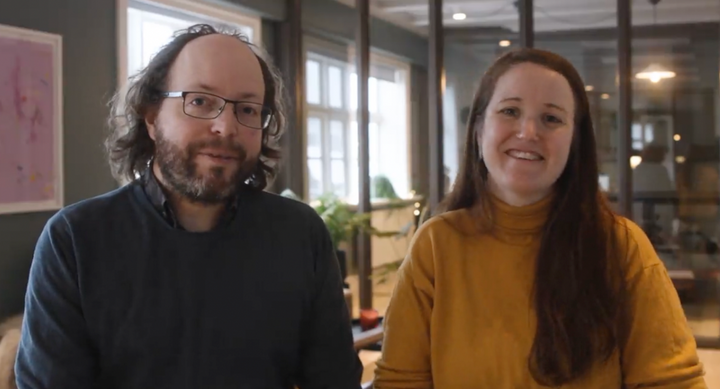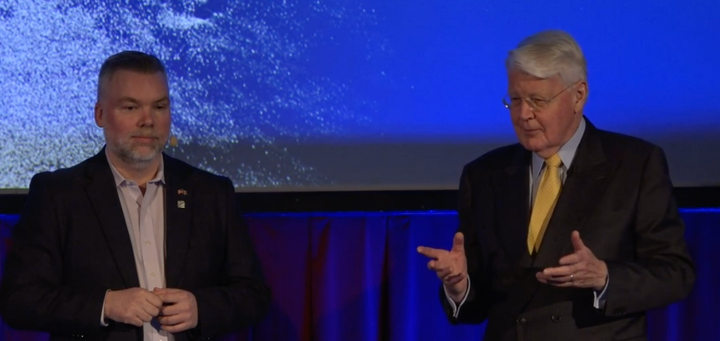The Memo: Iceland might be running into a VC problem, part 2
Good morning everyone – hope you had a great, long weekend. This memo is going out on a Tuesday because we want you to start the workweek with a Memo 🙂
A couple of Memo’s back, I promised to revisit my prediction about Iceland’s VC troubles. I’ve had time to research it better, as well as discussing it with several people in the industry.
Current status: two of three funds are almost fully deployed in regards to fresh investments. Eyrir has a couple hundred million available (and not sure about fresh investments). Frumtak is closing two investments and is unsure if they’ll make more. Brunnur aims at 10-15 total. They’re at three announced investments now. In total we’re looking at 9-13 fresh investments left from the new funds.
This means that we need a new fund to start raising soon (it’ll take some time to close a new fund). Otherwise we might end up with a period of little or no available capital for new companies. As we saw last year, raising VC funds in Iceland is possible. But it might be tricky.
Sign up for the Memo, delivered Monday Mornings.
Several (gloomy) points about the outlook for Icelandic VC:
The Icelandic LP market is tiny in a sense that almost all the LP’s are pension funds. Changes in pension fund regulation allow the funds to own only 15% of any slhf. Most VC funds use the slhf. corporate form. This means that to raise a fund, a GP needs at least seven participating pension funds (that is, if all the capital comes from pension funds). Banks have been participating as well, but as I said, the pension funds are the main LP’s. With a lot of money. A lot.
Our funds are small. Most VC funds operate on a 2/20 model. The numbers are interchangeable, but the model is the same. Funds charge a percentage (2%) in annual management fees, and a carry bonus (20%) on gains made. Iceland’s biggest VC fund, Frumtak, is 5bn ISK. A 5bn ISK fund charges 100m ISK (based on 2%) per year in management fee, a little under 8.5m ISK per month. The carry bonus comes into play once the fund has returned a profit to its investors, and therefore not a part of regular operation income or expenses. It’s more so the GP’s have skin in the game.
A VC fund would want to employ investors, analysts, and operators. They need staff to source and vet investments, market their portfolio and build connections. It’s obvious that such operations are hard on a 8.5 million ISK monthly budget. Hence, the three funds all have three or fewer employees.
We also need our funds to be active in collaboration with non-Icelandic funds, building connections and bridges to Silicon Valley and other hubs. That also costs money. We need our VC’s to do a lot, with not very much.
Our VC industry is young, and our VC’s need to have the resources to build these networks and connections. I’m not saying that our funds aren’t doing this, just pointing out that our funds are, well, bootstrapped.
We haven’t had a success story. We’ve had great companies, sure. But we’ve yet to see a financial success story for a VC backed company. We’ve had a couple of moderate exits in the last years (Zymetech was <$10, Datamarket $11-14m, Clara <$12m, Modio was undisclosed), but no home-runs. A success story (or few) would make raising a fund easier.
And then there’s the capital controls. A total no-brainer. It’s essentially illegal to transfer funds out of Iceland without special exemptions. It’s given, that such measures make growing an industry that allocates capital harder.
Sign up for the Memo, delivered Monday Mornings.
But wait, it’s not all bad 🙂
Now let’s take a break from all the gloom. What’s been happening in Iceland in the last years is encouraging. The VC environment isn’t perfect, but there were still 12.5 bn ISK announced last year in VC money. That’s more than the last ~20 years before (at least. I think. I’m not that old so I wouldn’t know, and I haven’t researched it a lot).
But, building a powerful and experienced investor ecosystem takes time. Startup guru Paul Graham recently discussed this in a talk he gave in Pittsburgh. The topic was How to make Pittsburgh a Startup Hub.
There is one more thing you need to be a startup hub, and Pittsburgh hasn’t got it: investors. Silicon Valley has a big investor community because it’s had 50 years to grow one. […]
If an investor community grows up here, it will happen the same way it did in Silicon Valley: slowly and organically. So I would not bet on having a big investor community in the short term. But fortunately there are three trends that make that less necessary than it used to be. One is that startups are increasingly cheap to start, so you just don’t need as much outside money as you used to. The second is that thanks to things like Kickstarter, a startup can get to revenue faster. You can put something on Kickstarter from anywhere. The third is programs like Y Combinator. A startup from anywhere in the world can go to YC for 3 months, pick up funding, and then return home if they want.
My advice is to make Pittsburgh a great place for startups, and gradually more of them will stick. Some of those will succeed; some of their founders will become investors; and still more startups will stick. (emphasis mine. Link)
I think we can exchange “Pittsburgh” for “Reykjavik” in Paul’s text, and much of it still holds true.
We’re a young ecosystem, and the most important thing we can do is to show perseverance and tenacity. Grow what we can grow. Make things better, slowly but surely.
This emil is part of our weekly Memo: Commentary on the Icelandic Startup Scene. You can sign up here. If you have comments, thoughts or tips, tweet at me directly at @kiddiarni or send me an email.




